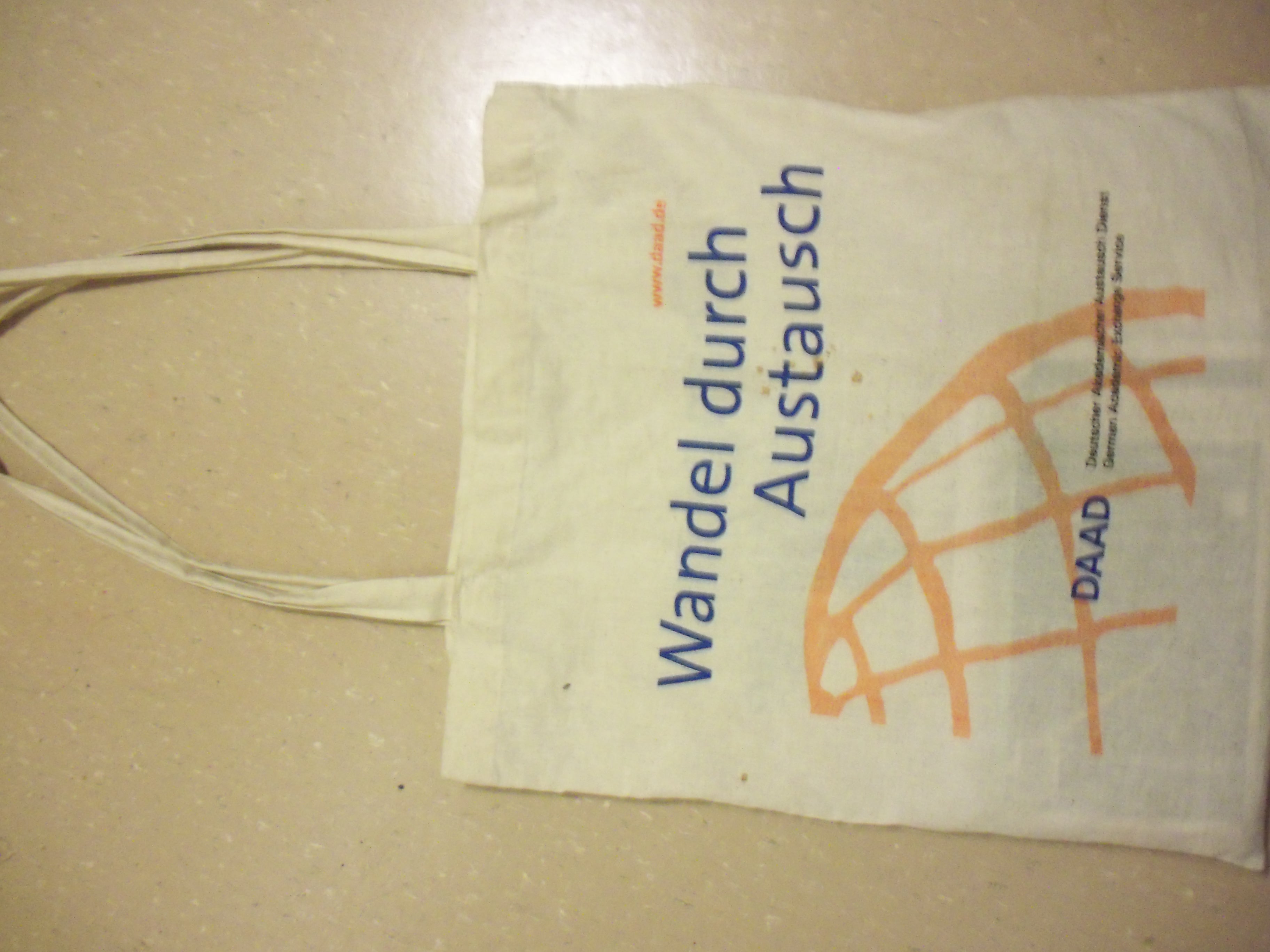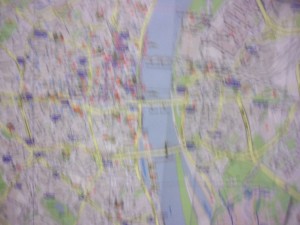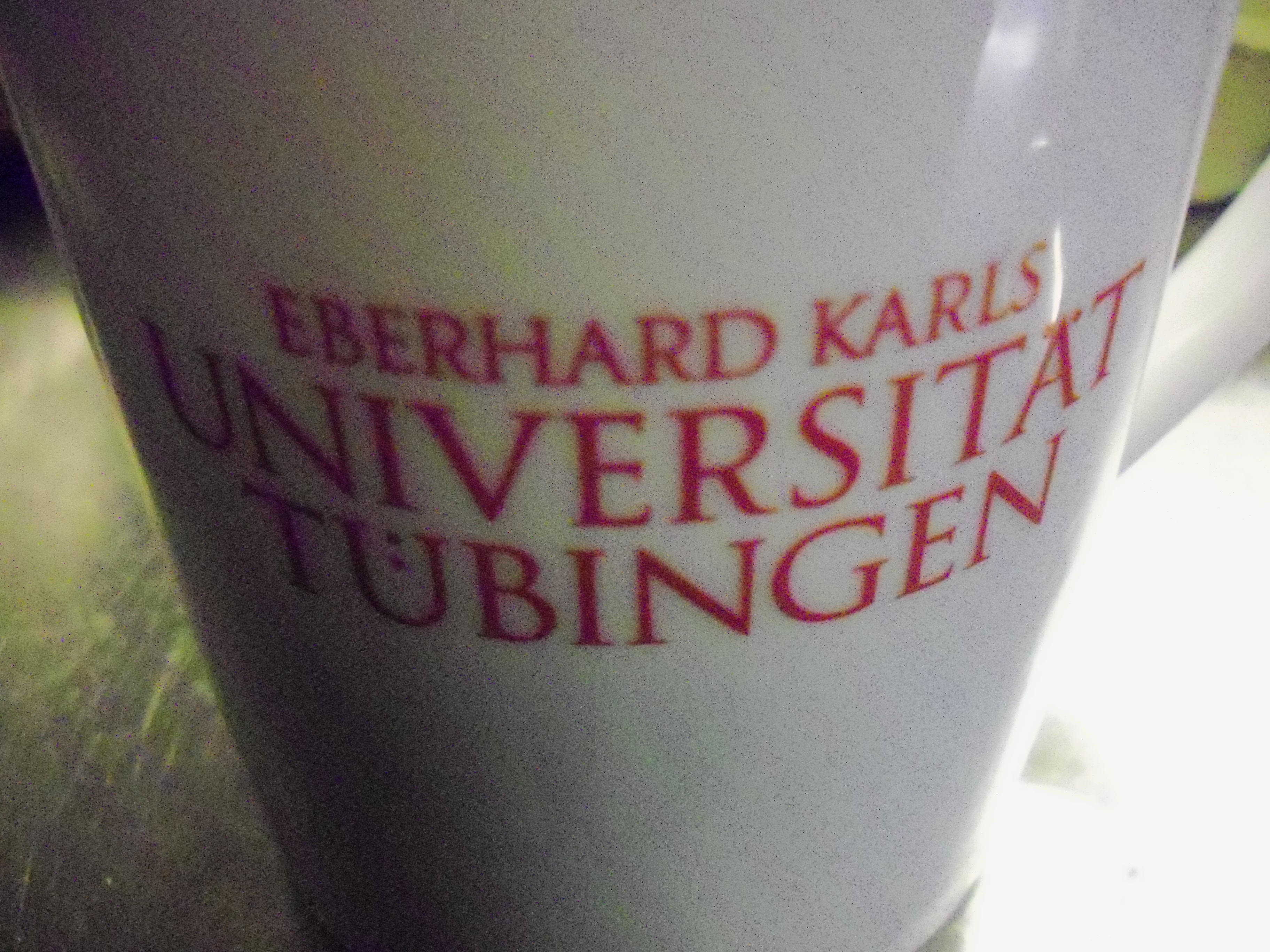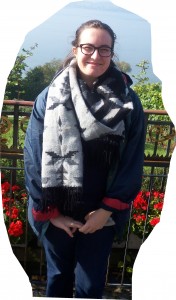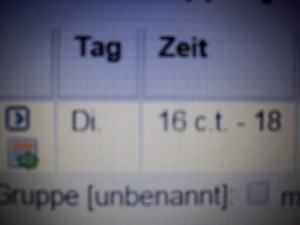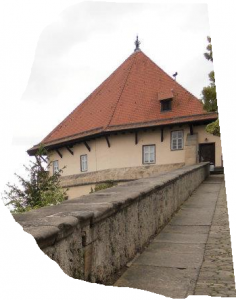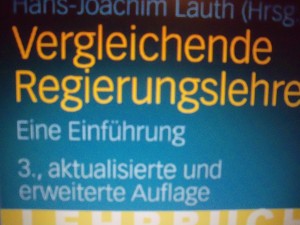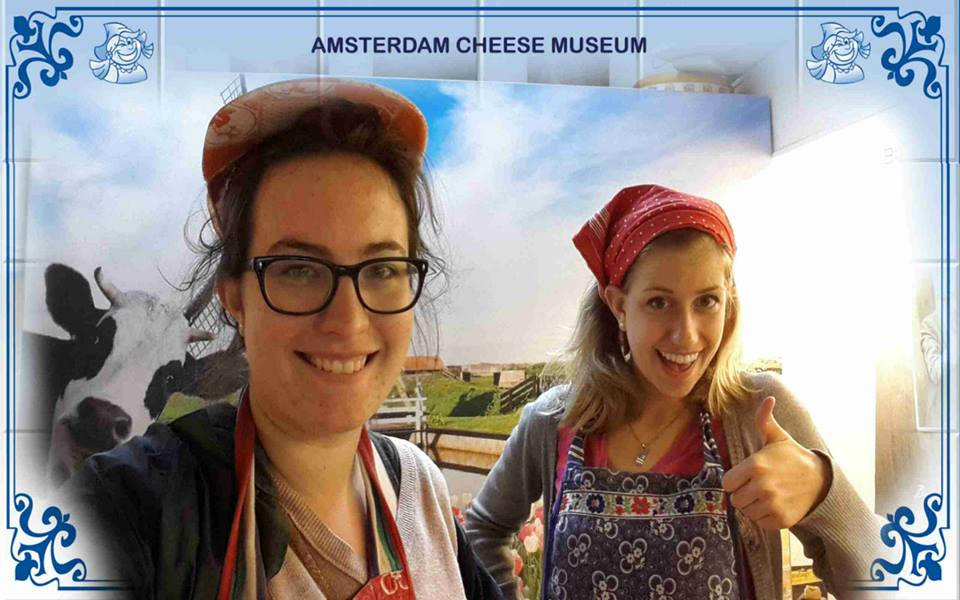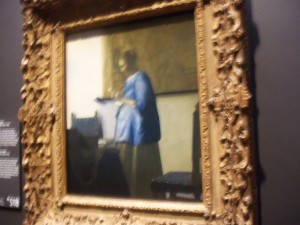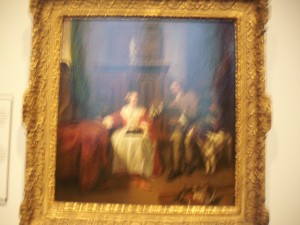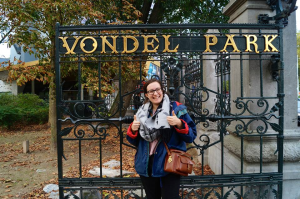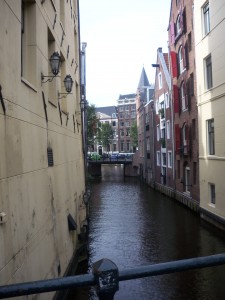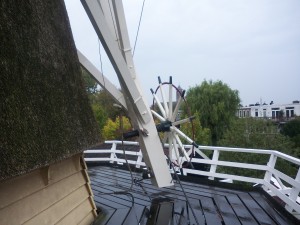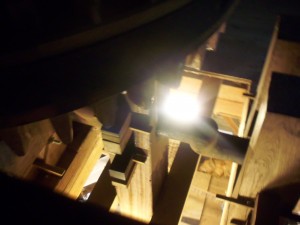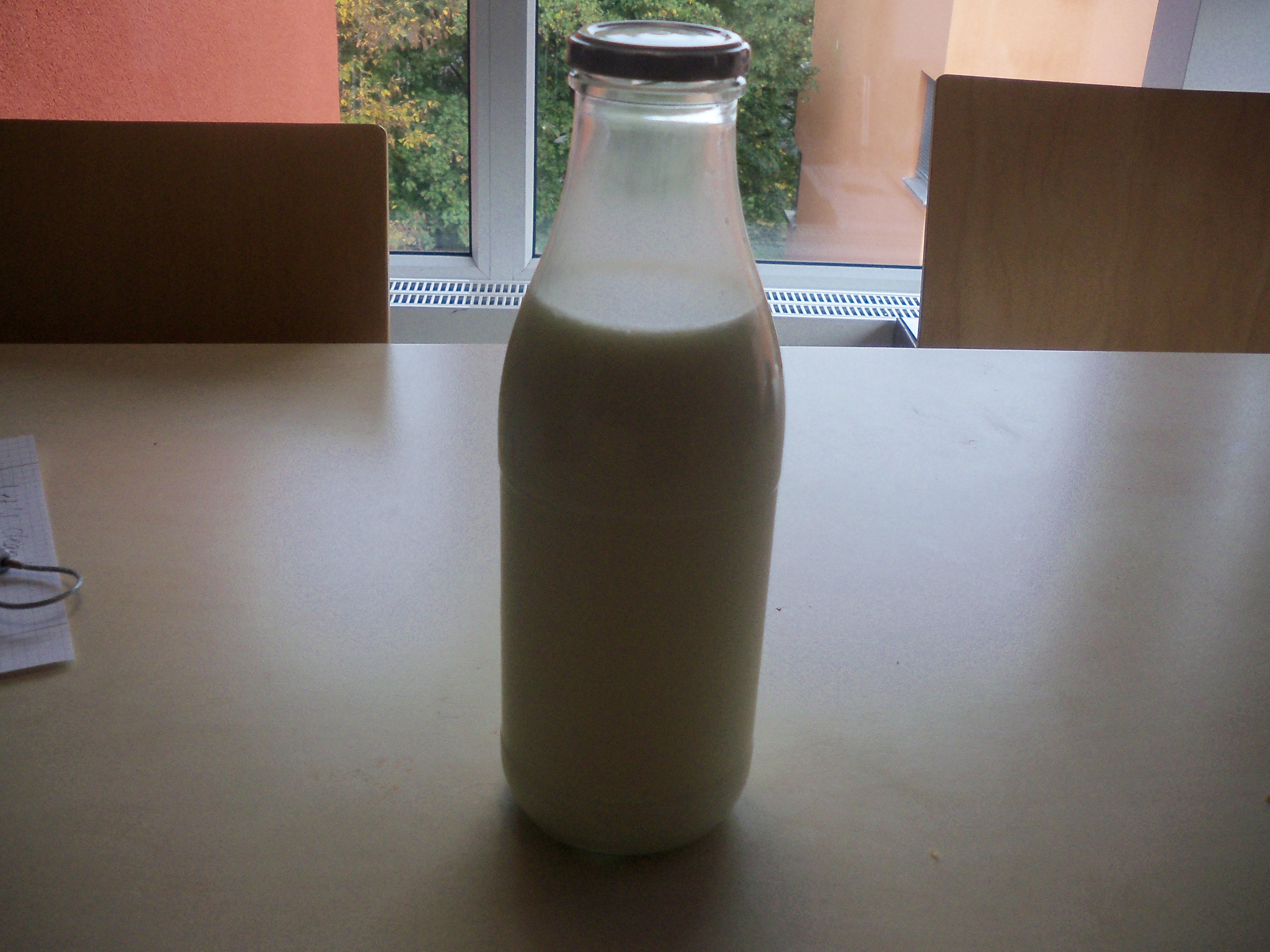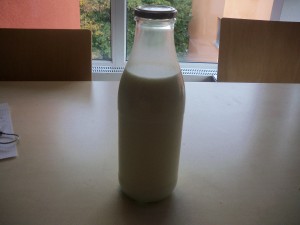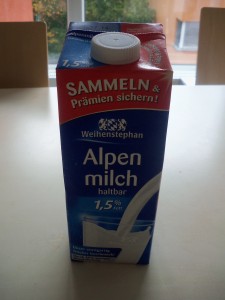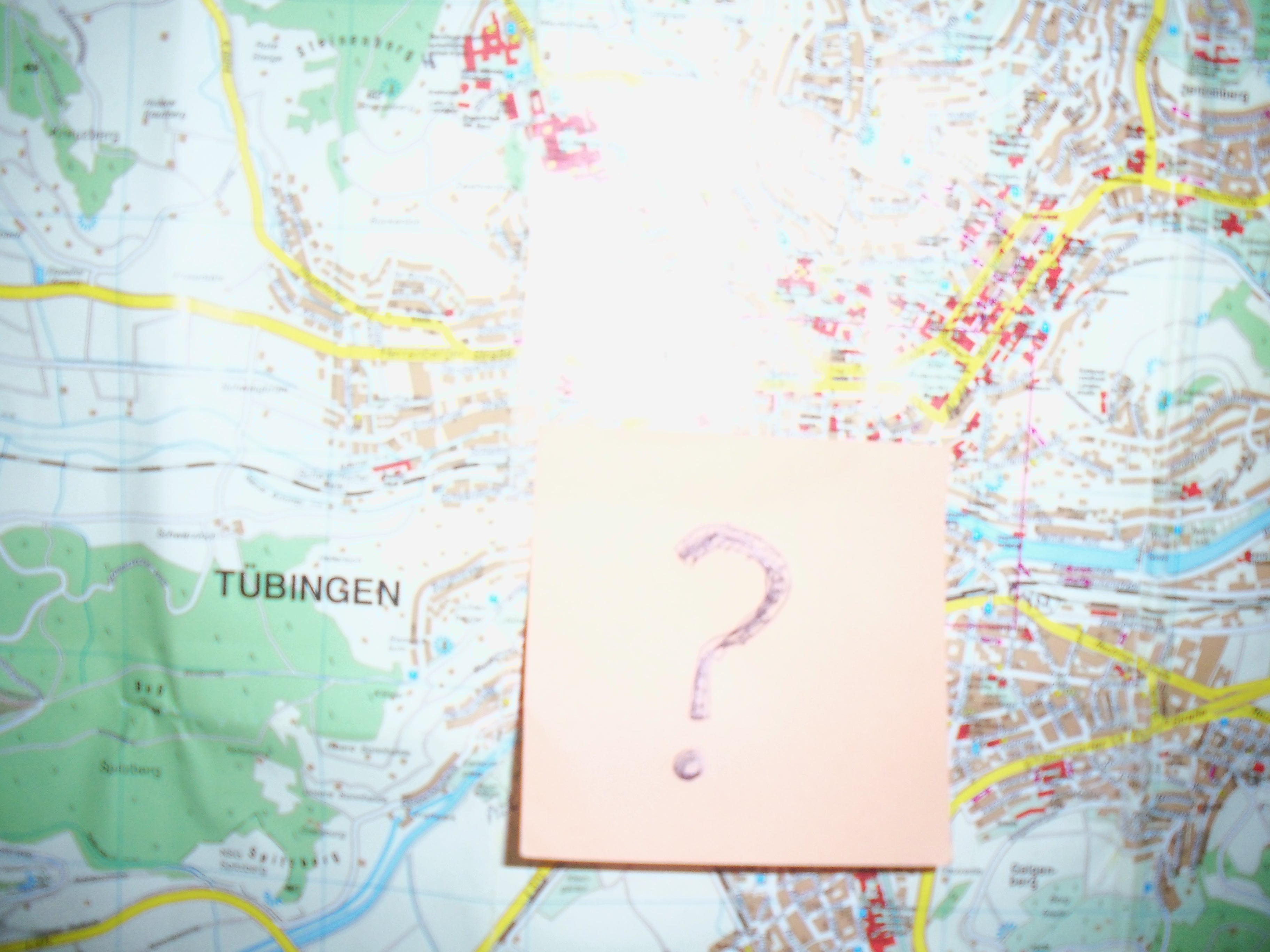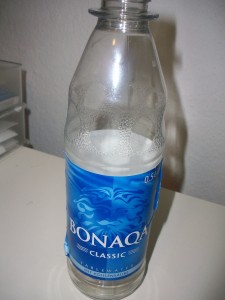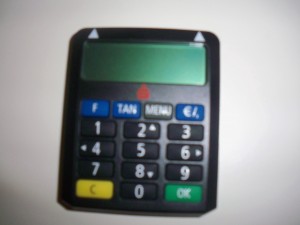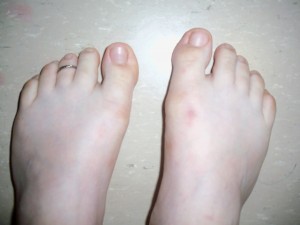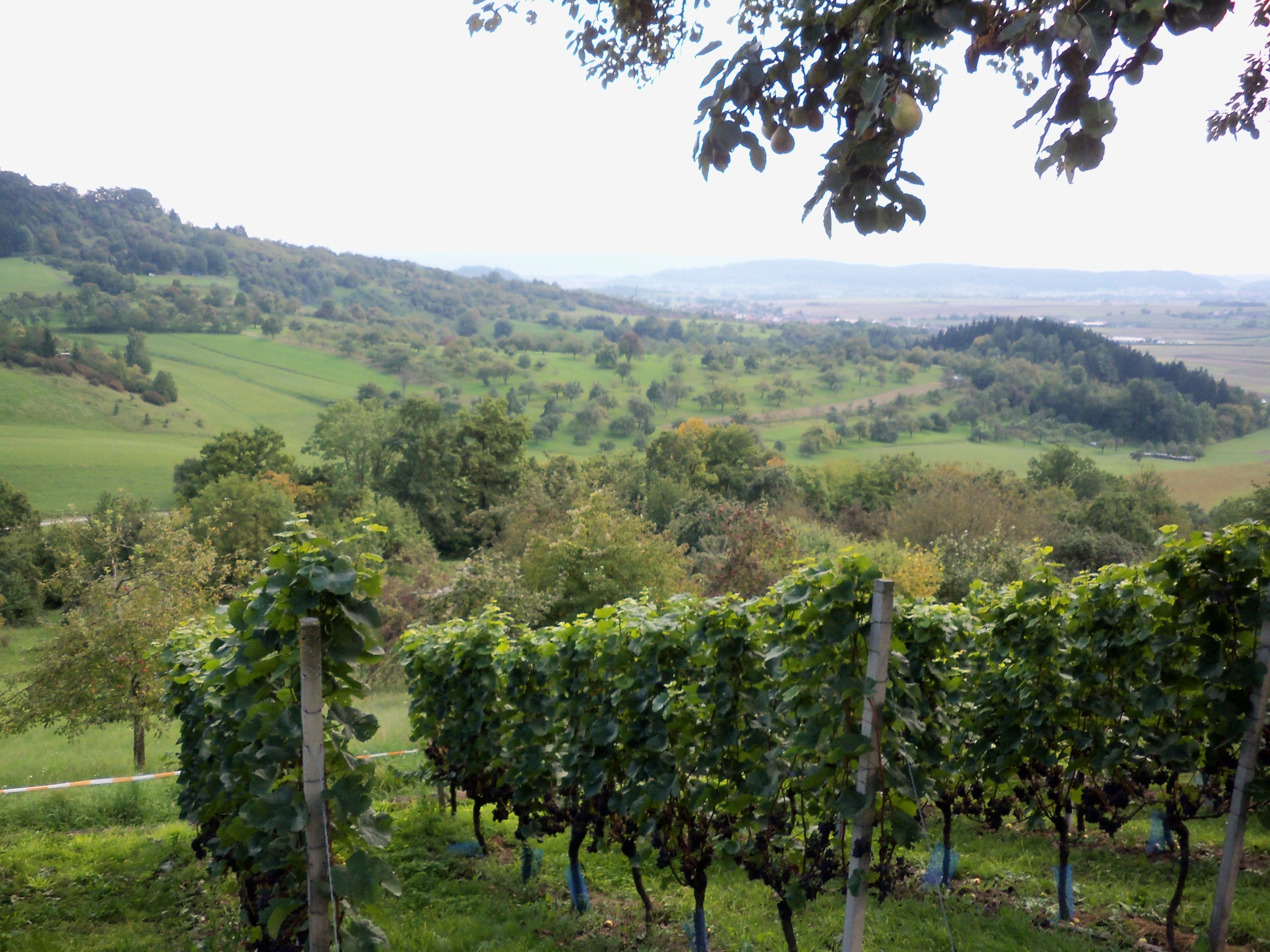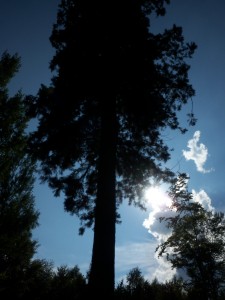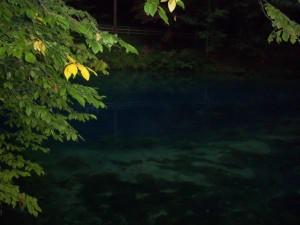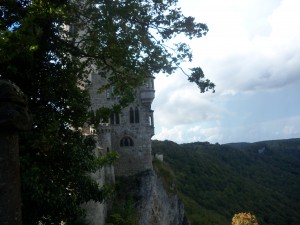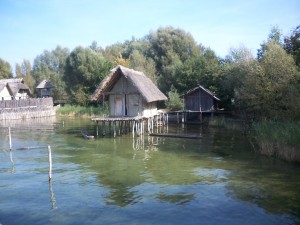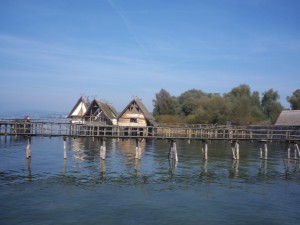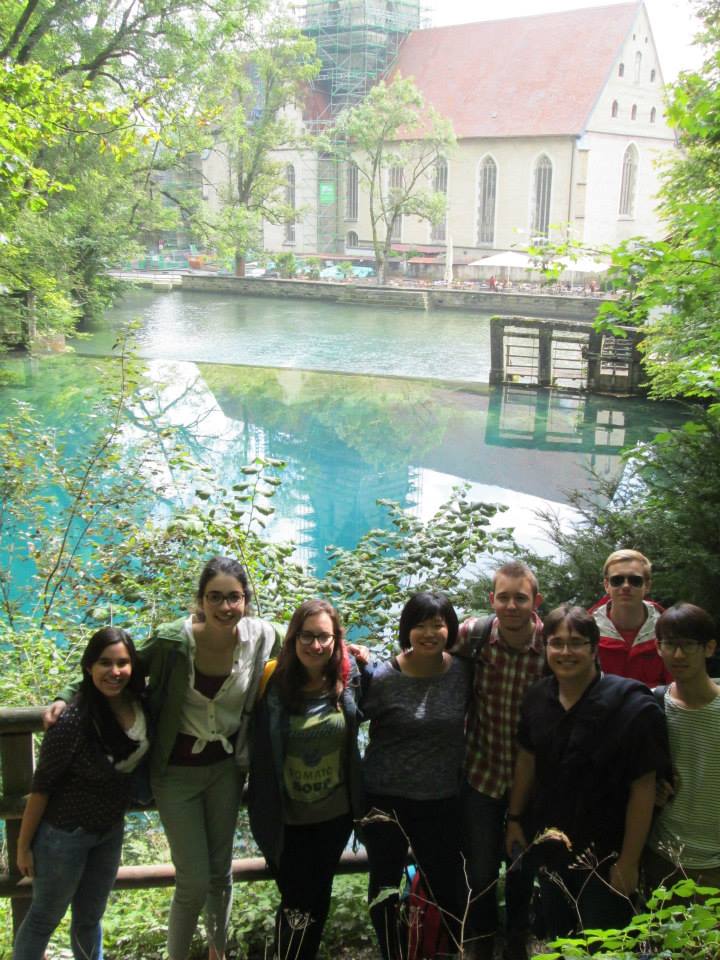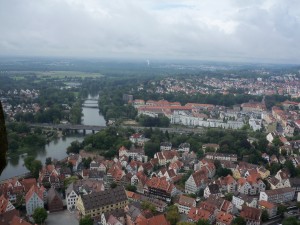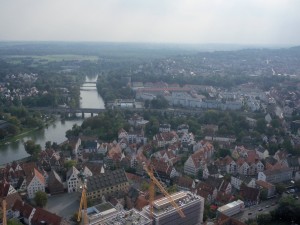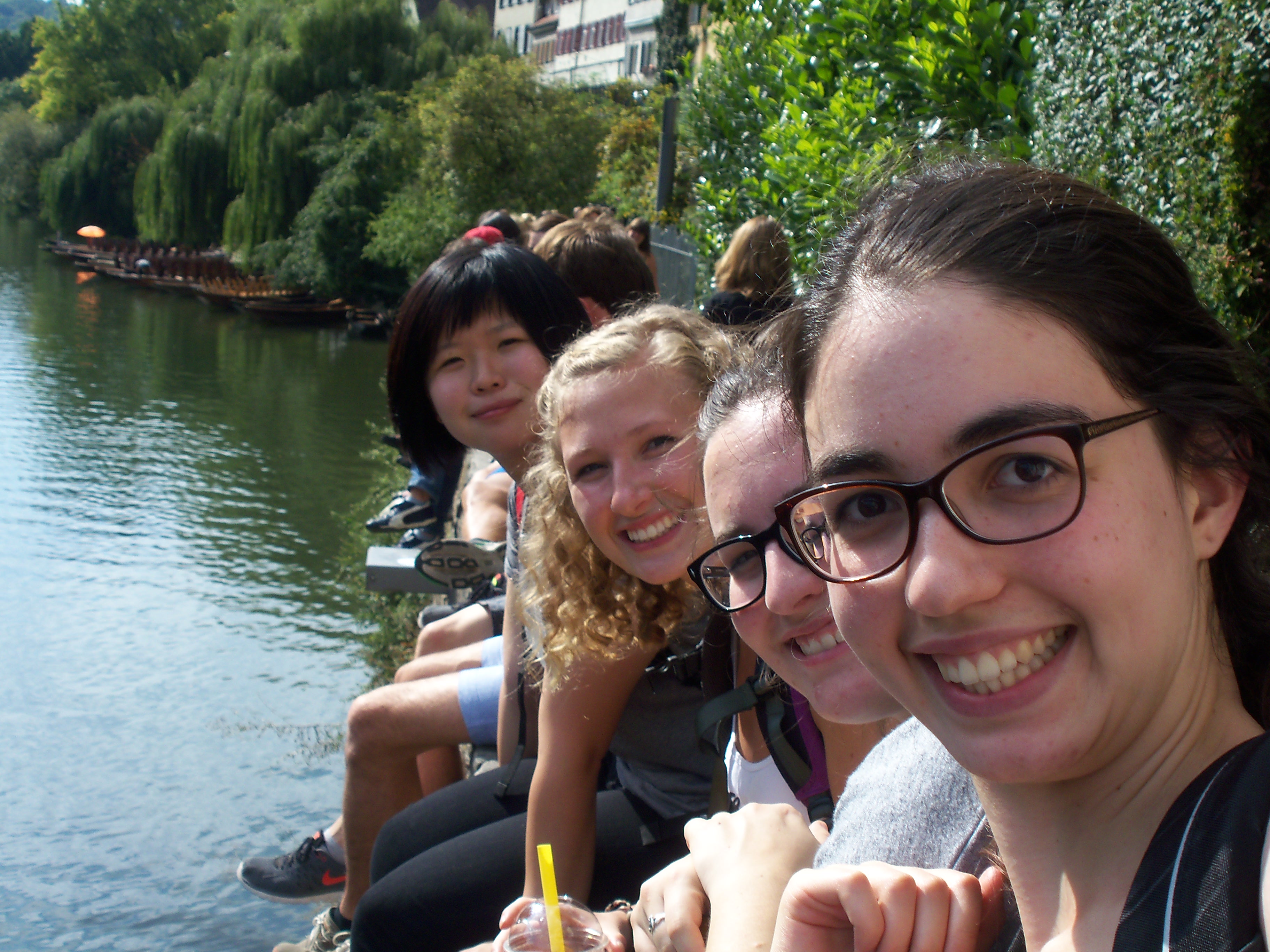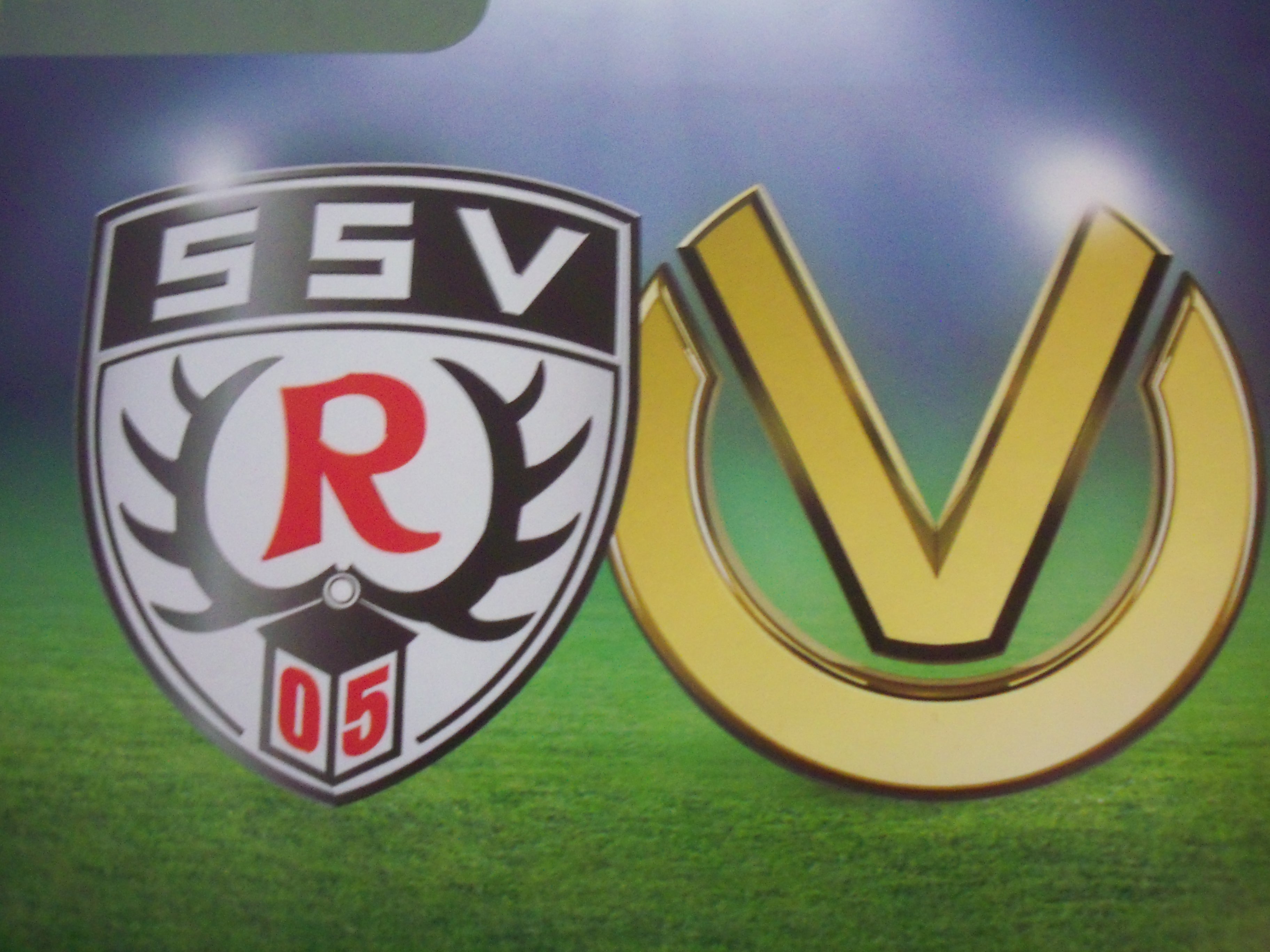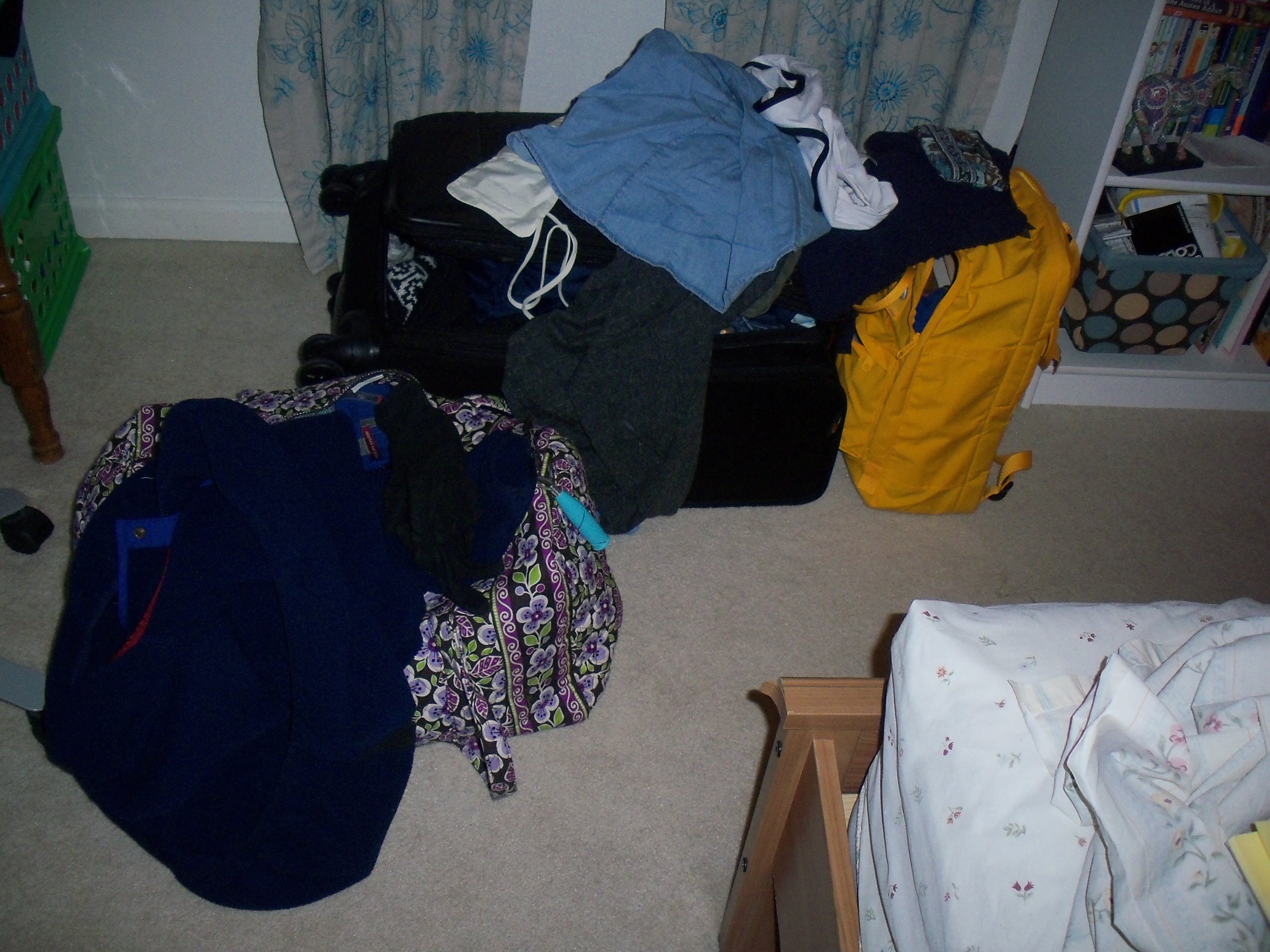So, upon settling into university life for real, my life has come with a lot of first in the last week. Here are a few:
1. First German Doctors Visit
Although Germany is famous for its nationalized healthcare system, I did not get to experience it firsthand until this week. I had been feeling sick for a while, but until last Friday, I didn’t actually feel sick enough to do anything about it. So once I woke up with no voice, I decided it was time to visit the apothecary. In Germany, the pharmacy is called the apothecary and it is kind of like an in between place for small ailments like colds and the flu that do not require a prescription, but could still use some homeopathic remedies or a bit of medicine. However, once I got to the apothecary, I was quickly advised that I would need to go see a doctor. Within the next 10 minutes, I was on my way to a nearby doctor’s office and in less than ten minutes I was back on my way to the apothecary to get antibiotics. I was incredibly surprised how quickly it took for me to go to the doctor. It was easy, since all I had to do was show my insurance card and give my address and phone number and since I only had a small ailment the doctor looked at my symptoms and then told me what needed to be done about them. This may have been an exception since I came kind of close to closing time and the practice was small, but I have never experienced a doctor’s visit that has taken less than a half hour’s wait and I was shocked by how efficiently my visit was handled.
2. Feijoada
Some of my friends are other exchange students and amongst these one of the largest nationalities are Brazilians. I was lucky enough to be invited over to one of my friends houses to try the national dish of Brazil, feijoada. It is a delicious dish of black beans served with rice. Although this has nothing to do with German culture, I really enjoyed getting to know something about the home country of many of my friends and it was great to try a delicious home-cooked meal from another country as well.
3. Visiting with Eva
I went on my first visit to a German friend this week. My friend Eva lives in a nearby town where she has lived since graduating from Uni Tübingen. We worked together 2 summers ago at a language immersion camp, so when I got to Germany, I was sure to get in touch with her to arrange a visit. I got a lovely tour of her town called Esslingen, which has retained a lot of the architecture of the middle ages like Tübingen, but also a lot of the architecture of the Industrial Revolution which is different, but equally beautiful. I also realized how fortunate I am to have friends nearby. It occurred to me suddenly that the best part of this trip was seeing Eva because she is a good friend and that she is the first person who I have seen in the past two months, that I have known for more than two months. It was really great to hang out with someone who I know and love for a change of pace, rather than someone who I am getting to know.
4. Improv Group
When I got to Germany, I received an e-mail from the international student group at the university asking if I would like to sign up to have a German mentor. I immediately said yes and was quickly paired up with someone. I was happy to find that my mentor, Maike, was absolutely fabulous. We hit it off right away and she invited me to join her improv theater group in Tübingen. This experience was really wonderful. It was great to have a situation in which it was acceptable to just talk to Germans, but less formal than most of the classroom settings in which I had previously experienced. And hopefully the practice of having to speak without too much prompting will help me to improve my language skills even more.
5. Köln
I went to Köln this weekend for a conference for my scholarship this weekend. Basically, this trip was whirlwind 24 Hours heading up north on the train and listening to two whole presentations and getting to hang out with some very interesting people. I really enjoyed being in Köln because it is near where I lived during my exchange year and it was nice to see some of the culture differences between the Northwest and the Southwest of Germany. The main difference was the beer, which in the south is usually as heavier Hefeweizen and in the north a lighter Kölsch, which is a much more bitter beer. It was overall a great trip, but by far the highlight was the totebag that received as part of my scholarship. Totebags are surprisingly popular here in Germany and I must say I have been eyeing them with envy since arriving here. Needless to say, I was perhaps embarrassingly overjoyed once I arrived and was immediately handed a totebag, which I proceeded to carry around with me for the rest of the day. Sometimes it is the little things in life that count the most.
6. A Valpo Visit
On Monday a few weeks ago, Professor DeMaris from the German department was asked to be a keynote speaker at the opening for an art exhibit in Rottenberg about the Indiana Dunes. She was nice enough to show me the city and teach me a bit about Josef Eberle, the former owner of the Stuttgarter Zeitung and a donor to Valpo. It was a lovely tour and I really enjoyed reconnecting with Valpo in the process. Rottenburg is a lovely, beautifully preserved city much like Tübingen except with one big difference: it is not a university town. Although much of the architecture was similar, it gave the town a much different feel to see it brimming with people of all ages as opposed to mainly twenty and thirtysomethings.
Bis bald!
